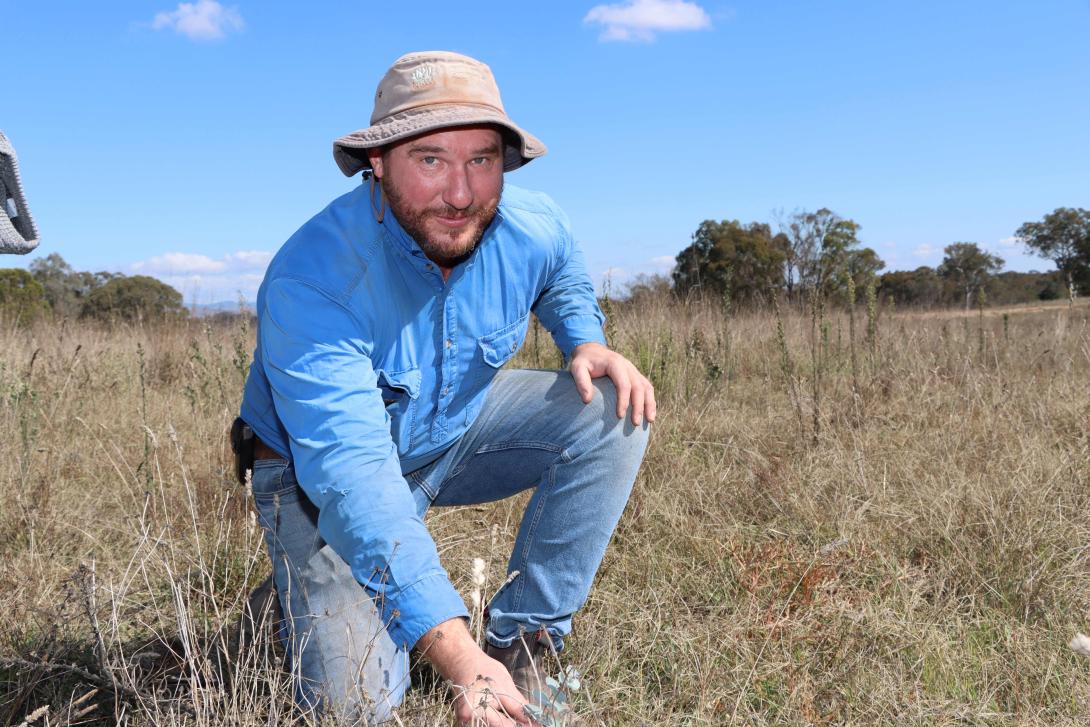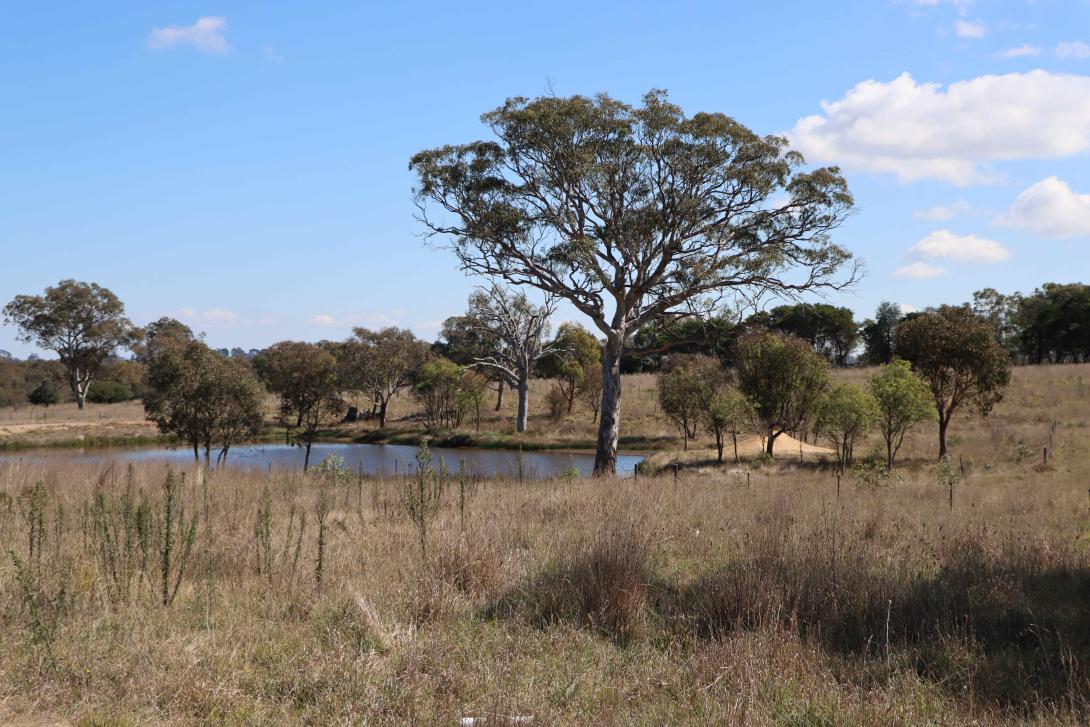Carbon farming may be a new and developing practice, but the challenges of transforming an over-cleared landscape into a biodiverse ecosystem are ones many farmers will find familiar.
Woodland conservation ecologist Dr Geoffrey Kay made the business decision to turn the farm he grew up on at Murrumbateman, half an hour up the road from Canberra, into a carbon farming eco project.
Under the Australian Carbon Credit Unit (ACCU) Scheme Environmental plantings pilot method, the project is reforesting 40 ha of a critically endangered woodland in a landscape that had been historically cleared and grazed. The method enables carbon credits to be generated in addition to the ecological restoration.
Dr Kay’s plantings are a mixture of trees and shrubs that have been established using locally sourced species from the Critically Endangered Yellow-box Red-gum grassy woodland ecosystem.

Like with any agricultural project, Dr Kay faced challenges, particularly with site preparation which commenced in 2022 and took a year and a half.
'Preparation was heavily impacted by La Nina events throughout 2022-23 which prevented heavy machinery access to paddocks for over 12 months.
‘It took two treatments of slashing and spraying each year to kill the thick Phalaris growing on the site…I did a slasher clutch, two tyres on the tractor and got tractors bogged many times just trying to complete the site prep because of the heavy rain events last year.’
Dr Kay said he hopes that his project at Murrumbateman could one day be turned into a tourism destination.
‘My parents were relentless in planting what they could, and they instilled in me and my siblings an active interest in the environment.
‘The primary goal with this project is working out how to manage the land, both in an ecological context and as a viable agricultural business.’
‘We see our planting as a great way to enhance biodiversity, which is my passion and my life’s work, and we’re excited about the chance to retain the ecological viability of the farm.
‘My goal is to be able to leave this to my kids and give them the choice for how they want to use the Australian carbon credit units that this project accrues.’

ACCU Scheme Vegetation and Analytics (VA) Branch General Manager Michelle Crosbie said it was great to visit the sites and talk directly to our project proponents.
‘It highlighted to me the important role the Clean Energy Regulator plays to support participation in the scheme and our administration of the national carbon market,’ she said.
To ensure that land management activities result in the generation of ACCUs, Dr Kay must ensure that he meets all the rules set out for the method under the ACCU Scheme.
In addition to registering the project, he is also responsible for managing the carbon abatement achieved, its measurement, record keeping and reporting requirements.
Registered projects may be subject to independent audits to verify the abatement achieved, with the CER scheduling at least 3 independent audits during the crediting period for some projects and no audits for smaller environmental plantings projects under the CER’s Alternate Assurance.
If you have questions or require information on vegetation plantings methods please contact us by email PlantingsPlantations@cer.gov.au.
